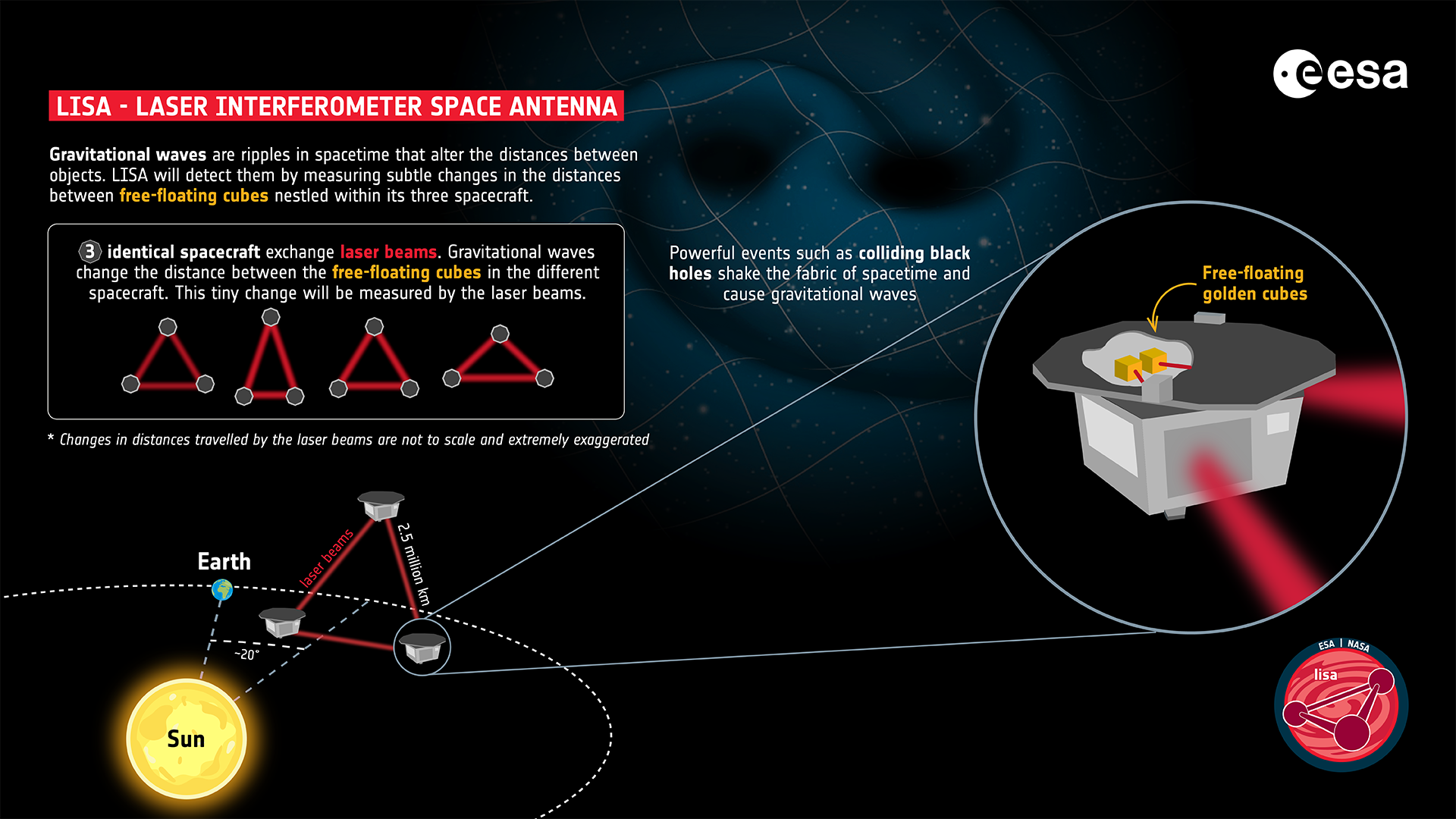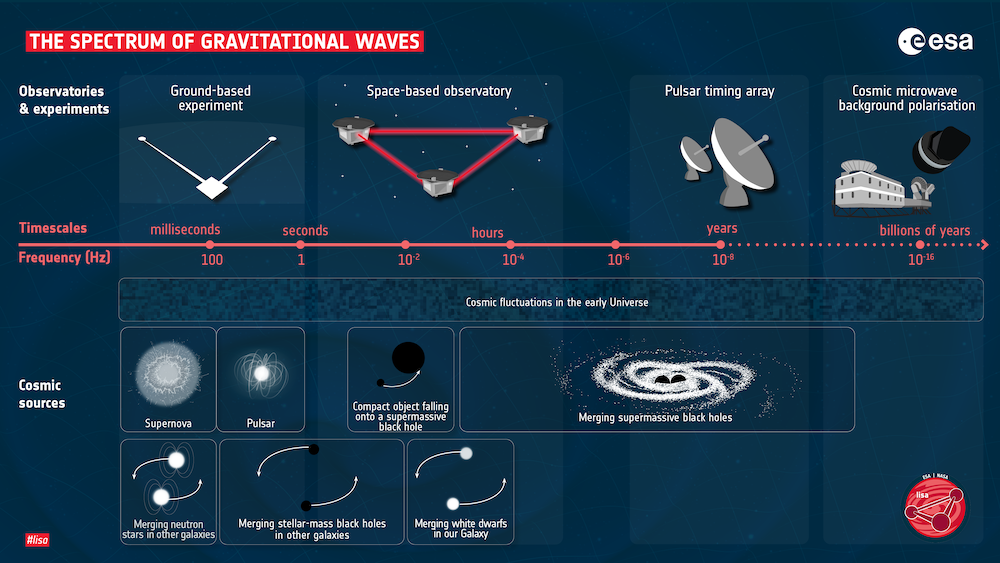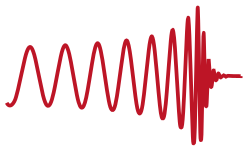Home - LISA
News and Highlights
Jul 2024: We have a new Science Team! Please find the full list (including the members selected by NASA) here.
Feb 2024: The LISA Definition Study Report or Redbook was published and the open call for the LISA Science Team is currently ongoing.
Jul 2023: LISA went through the Instrument System Requirements Review (I-SRR) as part of the Mission Adoption process. This review particularly looked at the hardware systems provided by the member states. We are now on track to launching the Mission Adoption Review (MAR) in September, concluding in December before being submitted to the Science Programme Committee (SPC) in January.
Dec 2021: LISA has successfully concluded the Phase A activities and now proceeds into Phase B1, the last step before the mission implementation can be approved. Phase B1 will see the conclusion of technology predevelopments, the consolidation of design and requirements, as well as of implementation planning.
Dec 2021: LISA has just successfully completed its Mission Formulation Review (MFR). More info will come shortly.
LISA in a nutshell
Gravitational waves are ripples in spacetime produced by the acceleration of very massive objects, such as black holes coming together and merging. Different objects in space produce gravitational waves of different timescales, ranging from milliseconds to billions of years. Some of these waves can only be observed from space.
This is the goal of ESA’s future mission LISA, which will be the first space-based gravitational wave observatory.

LISA will study gravitational waves that are produced by merging stellar mass black holes, supermassive black holes and white dwarfs. It will also pick up the waves produced by compact objects, like neutron stars or small black holes, that fall into a supermassive black hole.

A major objective of LISA is to determine how and when the massive black holes, present in most galactic nuclei today, have formed and grown over cosmic time. It will explore almost all the mass-redshift parameter space relevant for reconstructing their evolution. The gravitational wave signal from coalescing black holes reveals their spin and redshifted mass, and the distribution of masses and spins will be studied to differentiate between different formation scenarios.
LISA will also study in detail the signals from thousands of stellar-mass close binaries in the Galaxy and give information on the extreme endpoints of stellar evolution. It will provide distances and detailed orbital and mass parameters for hundreds of the most compact binaries, a rich trove of information for detailed mapping and reconstruction of the history of stars in our Galaxy, and a source of information about tidal and non-gravitational influences on orbits associated with the internal physics of the compact remnants themselves.
By observing highly relativistic black hole-black hole coalescences, LISA will provide exceptionally strong tests of the predictions of General Relativity. The signal of merging binary black holes, where maximally warped vacuum spacetimes travel at near the speed of light interacting strongly with each other, allow the study of the full nonlinear dynamics of the theory of gravity. By observing the signal of stellar black holes skimming the horizon of a large massive black hole at the centre of a galaxy, LISA will measure the mass, spin and quadrupole moment of the central object testing its level of Kerrness; thus testing for the first time the black hole hypothesis, and the no-hair conjecture.
Finally, a space-based gravitational wave detector will probe new physics and cosmology, and will search for unforeseen sources of gravitational waves. The LISA frequency band in the relativistic early Universe corresponds to horizon scales where phase transitions of new forces of nature or extra dimensions of space may have caused catastrophic, explosive bubble growth and gravitational wave production.
_________________________________
Jul 2024
- Removed a total of (9) style text-align:justify;
- Removed a total of (2) style float:left;
- Removed a total of (1) style float:right;








































 Sign in
Sign in
 Science & Technology
Science & Technology